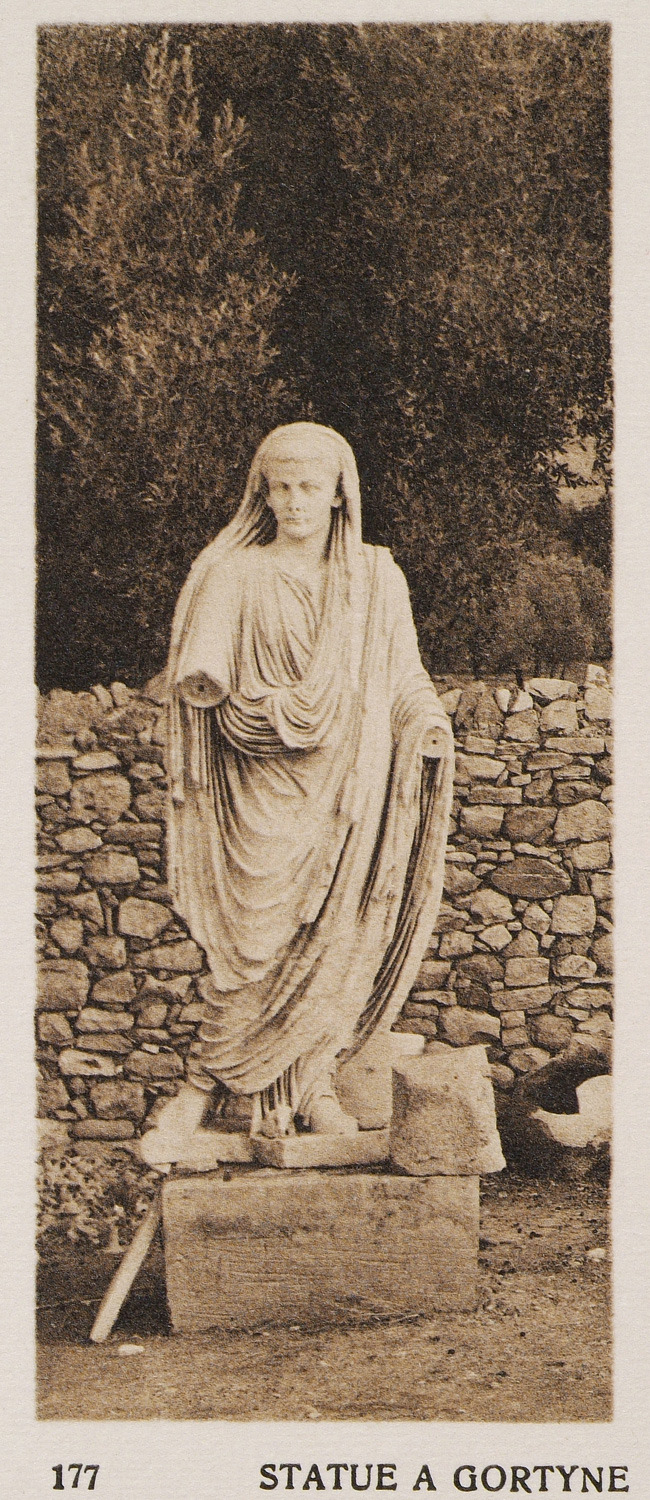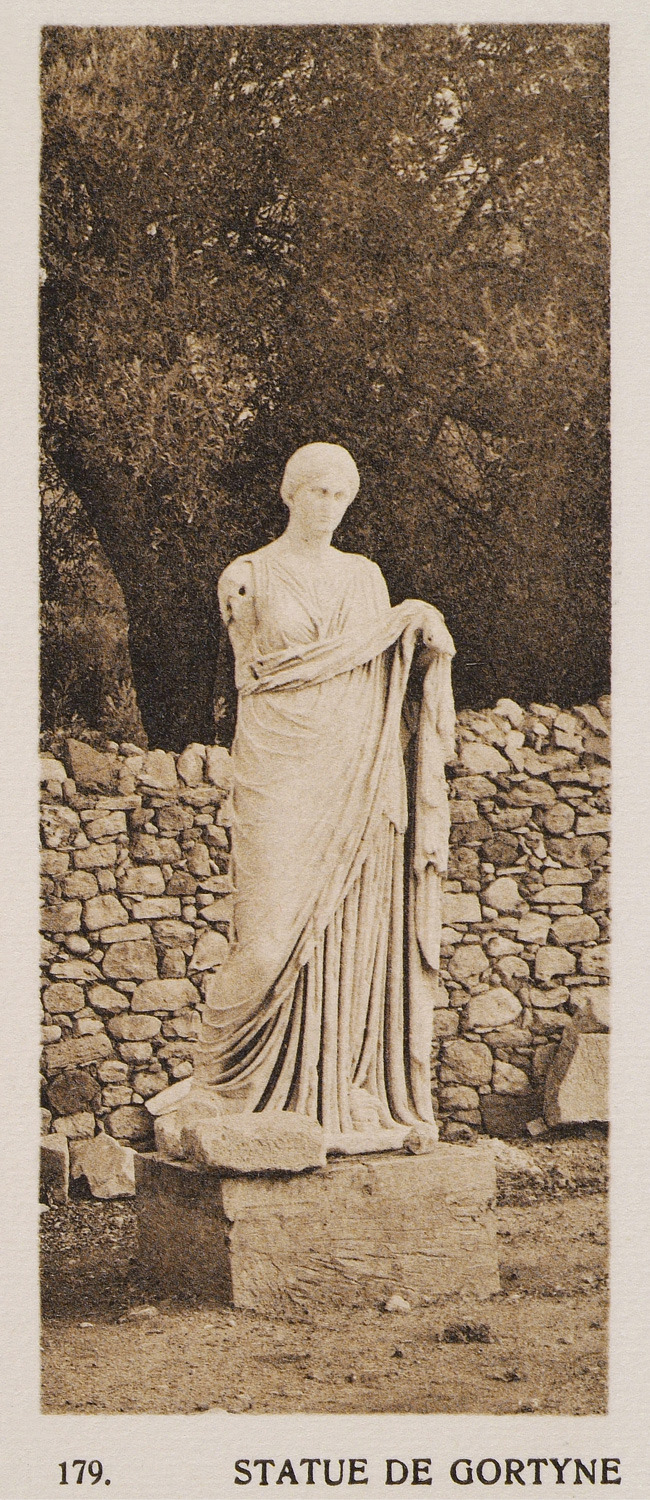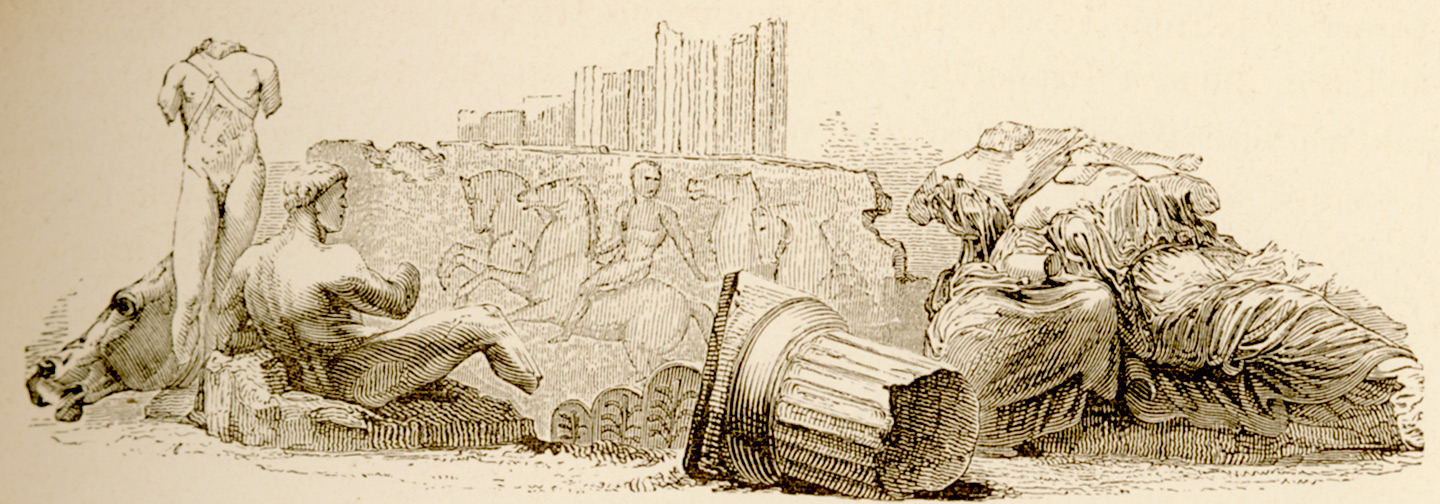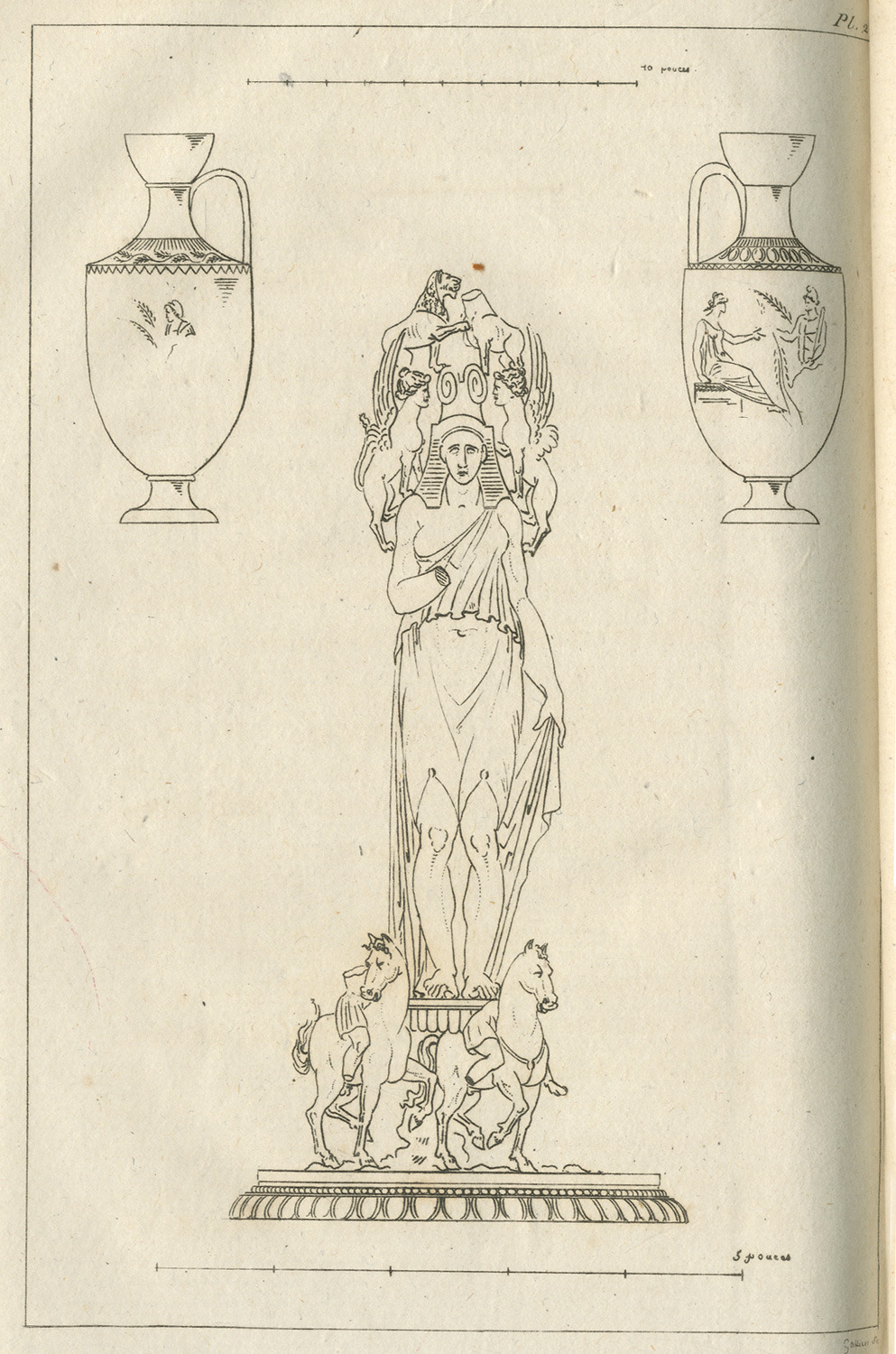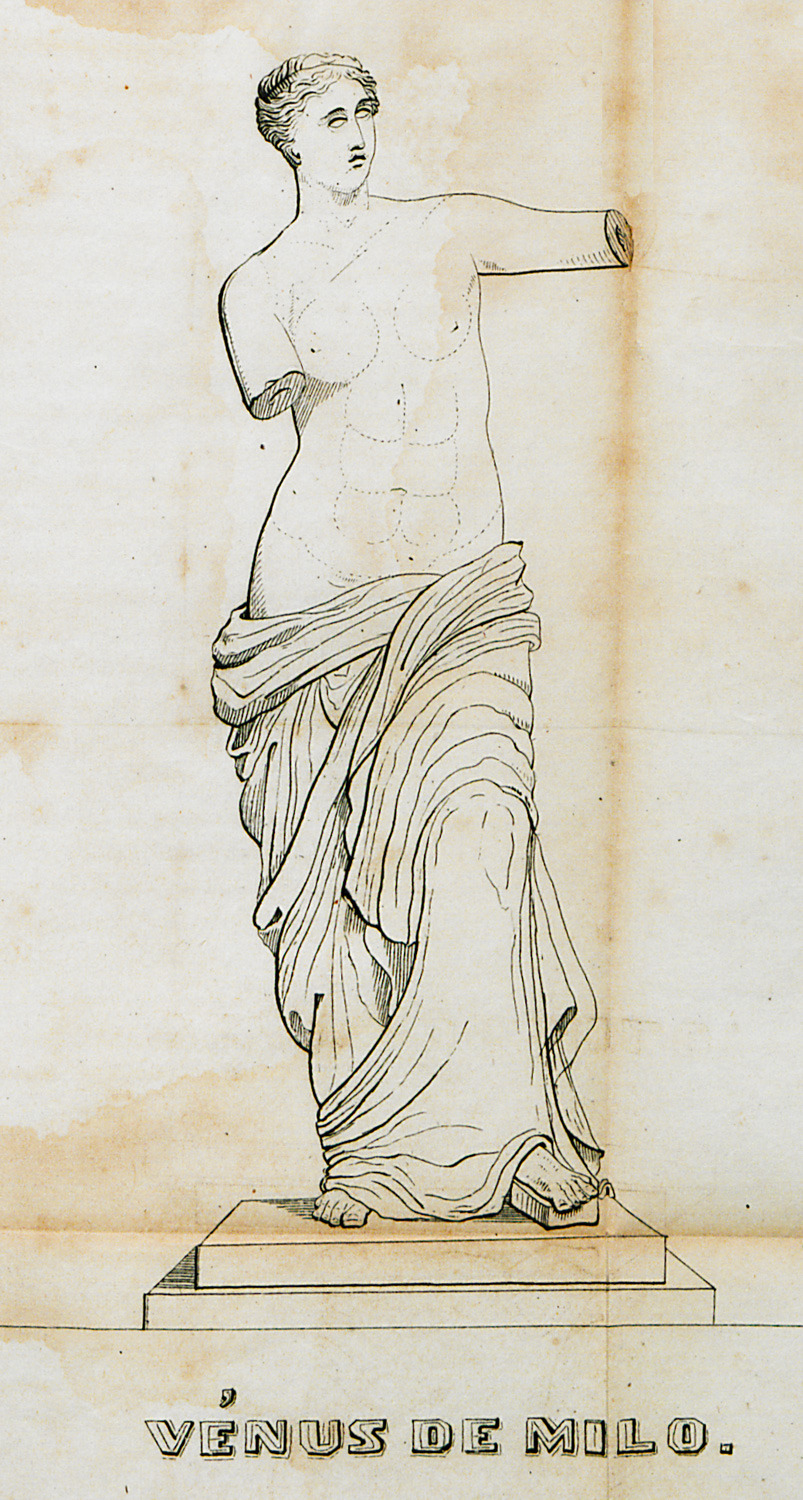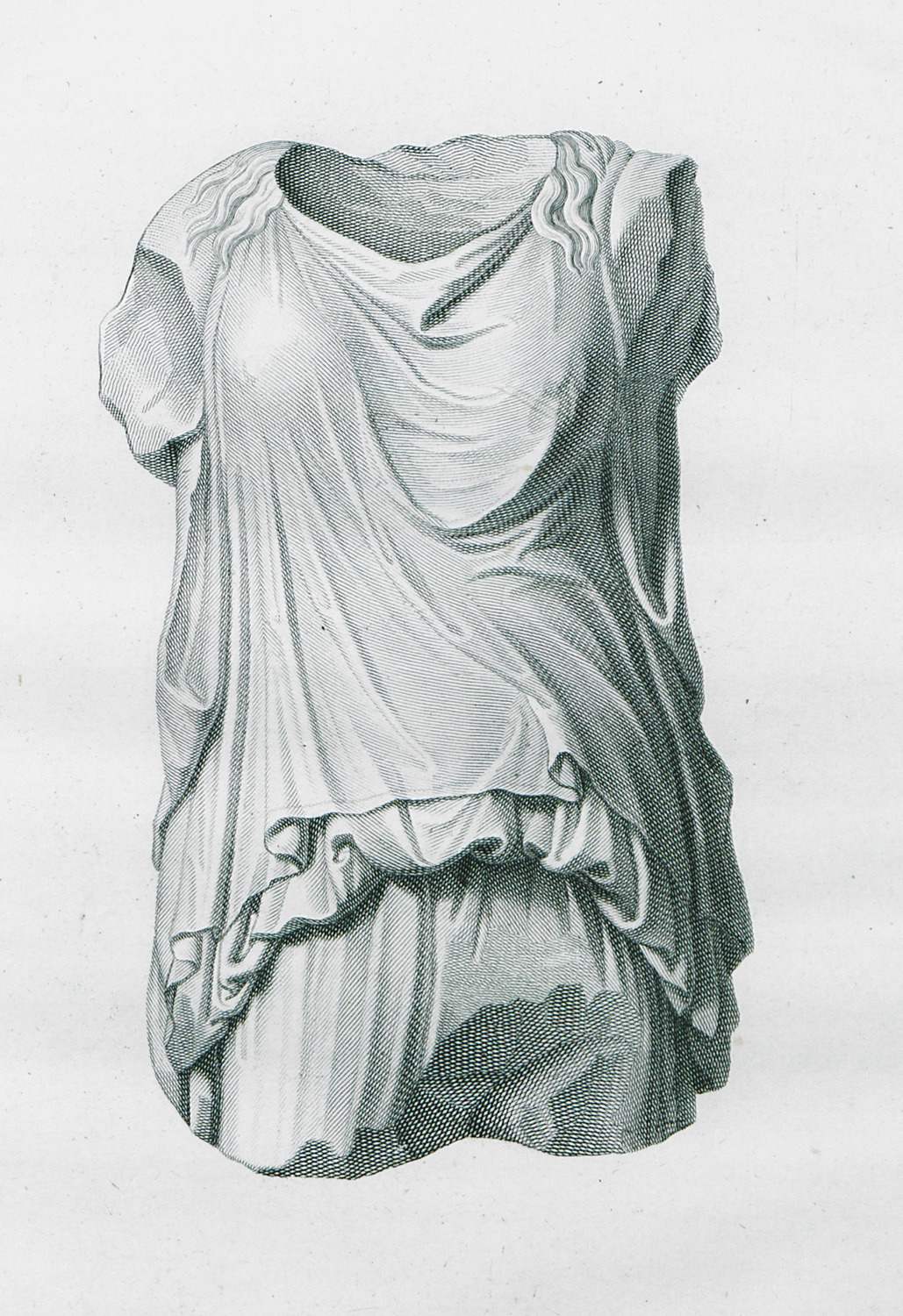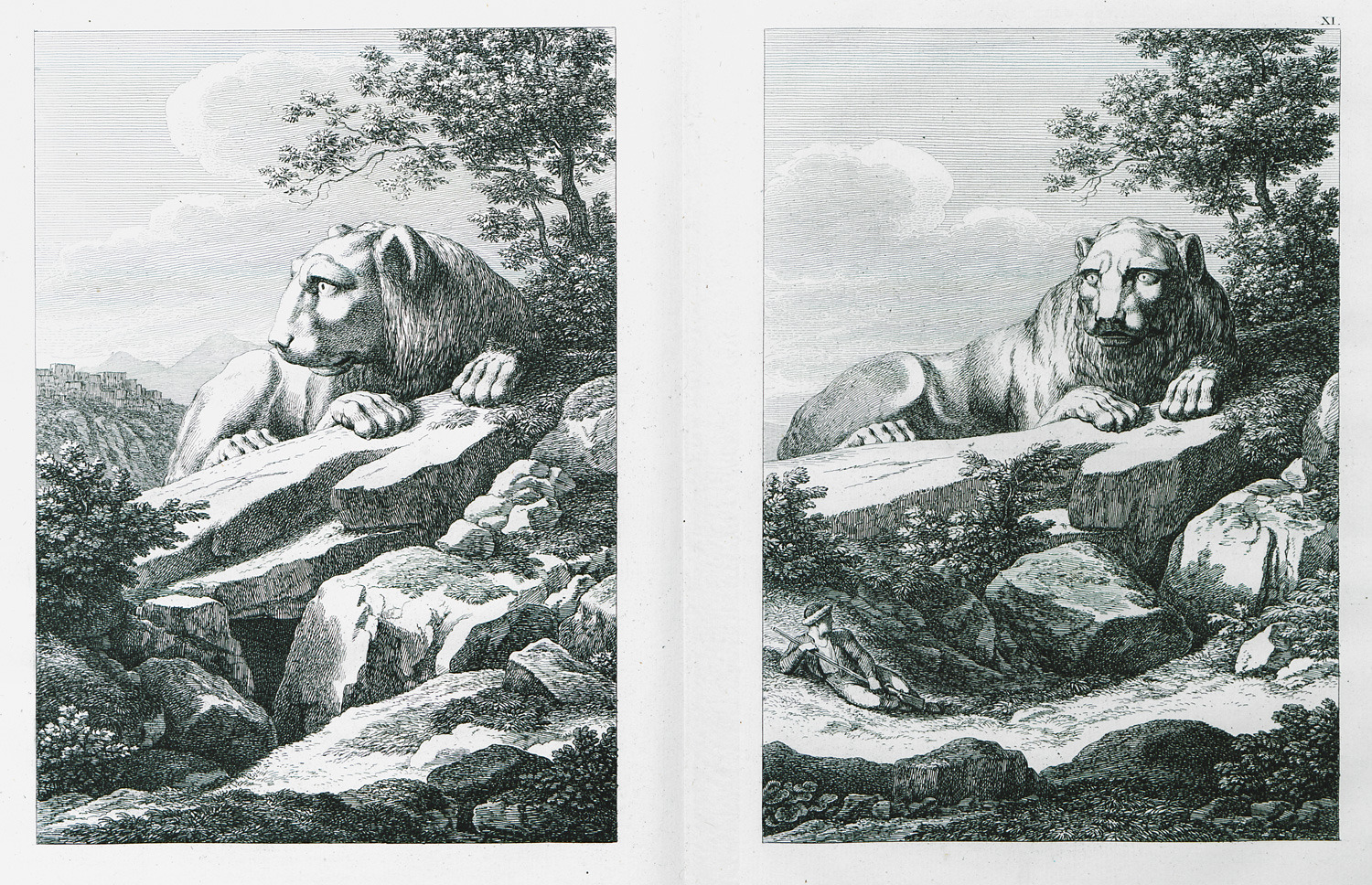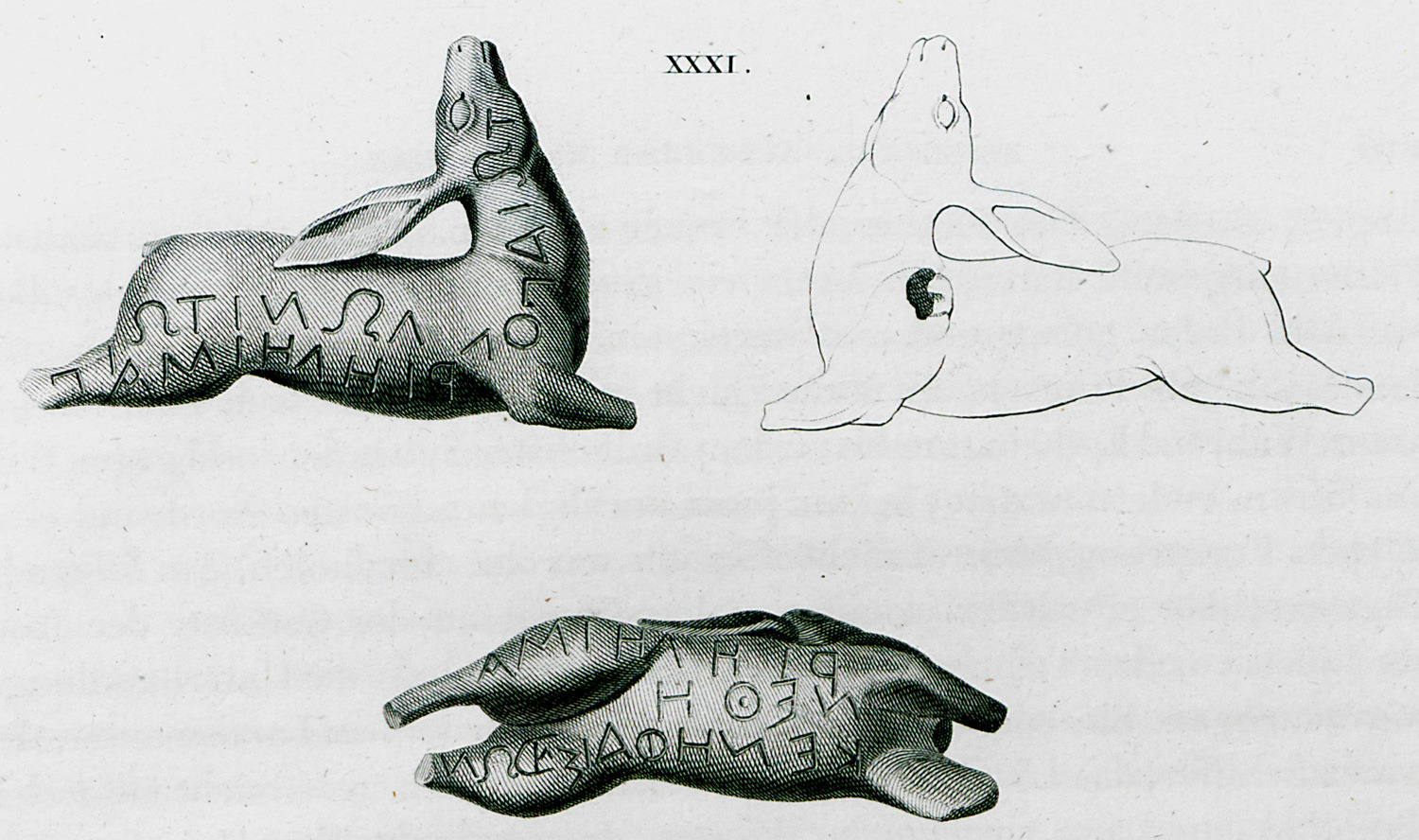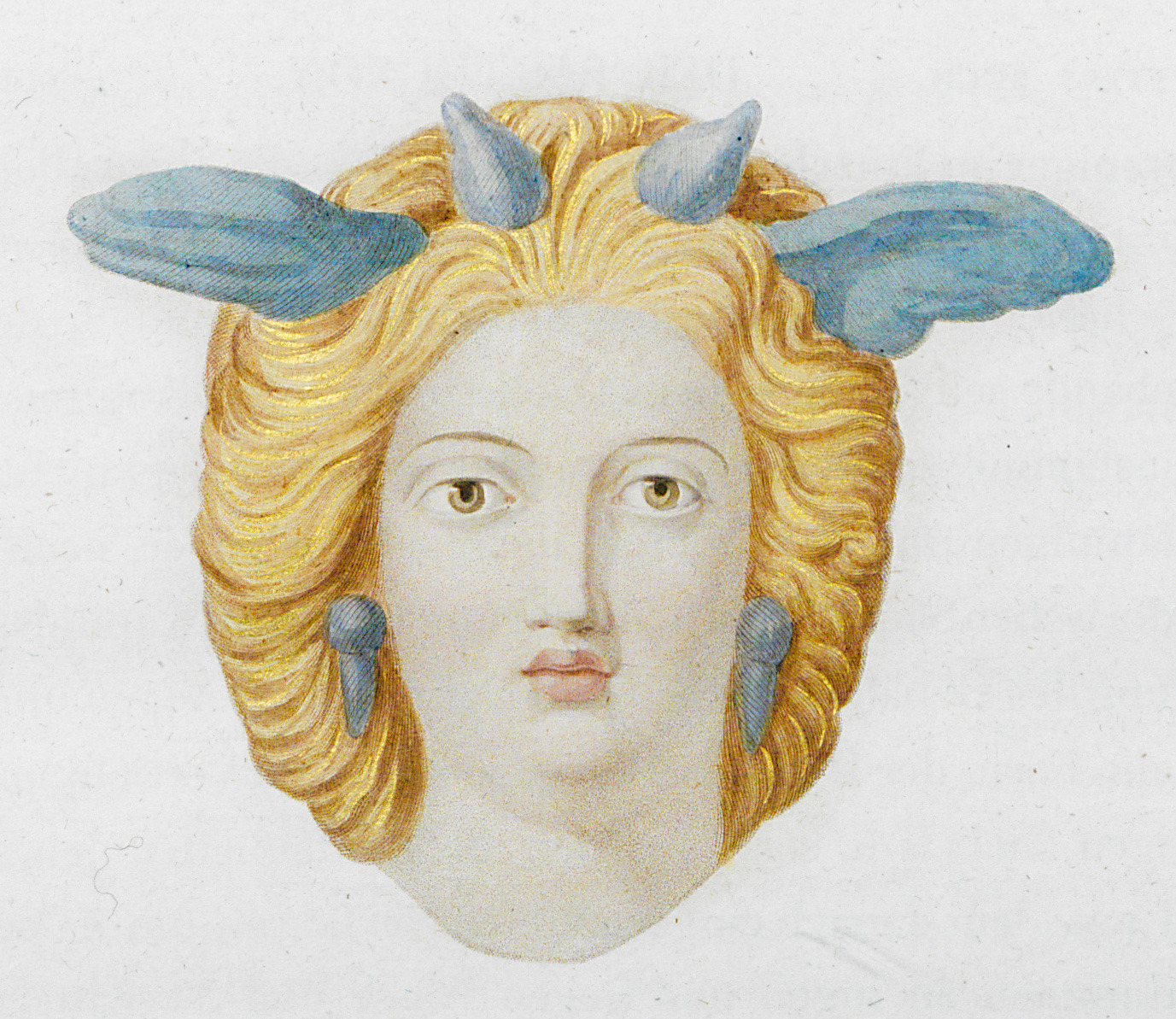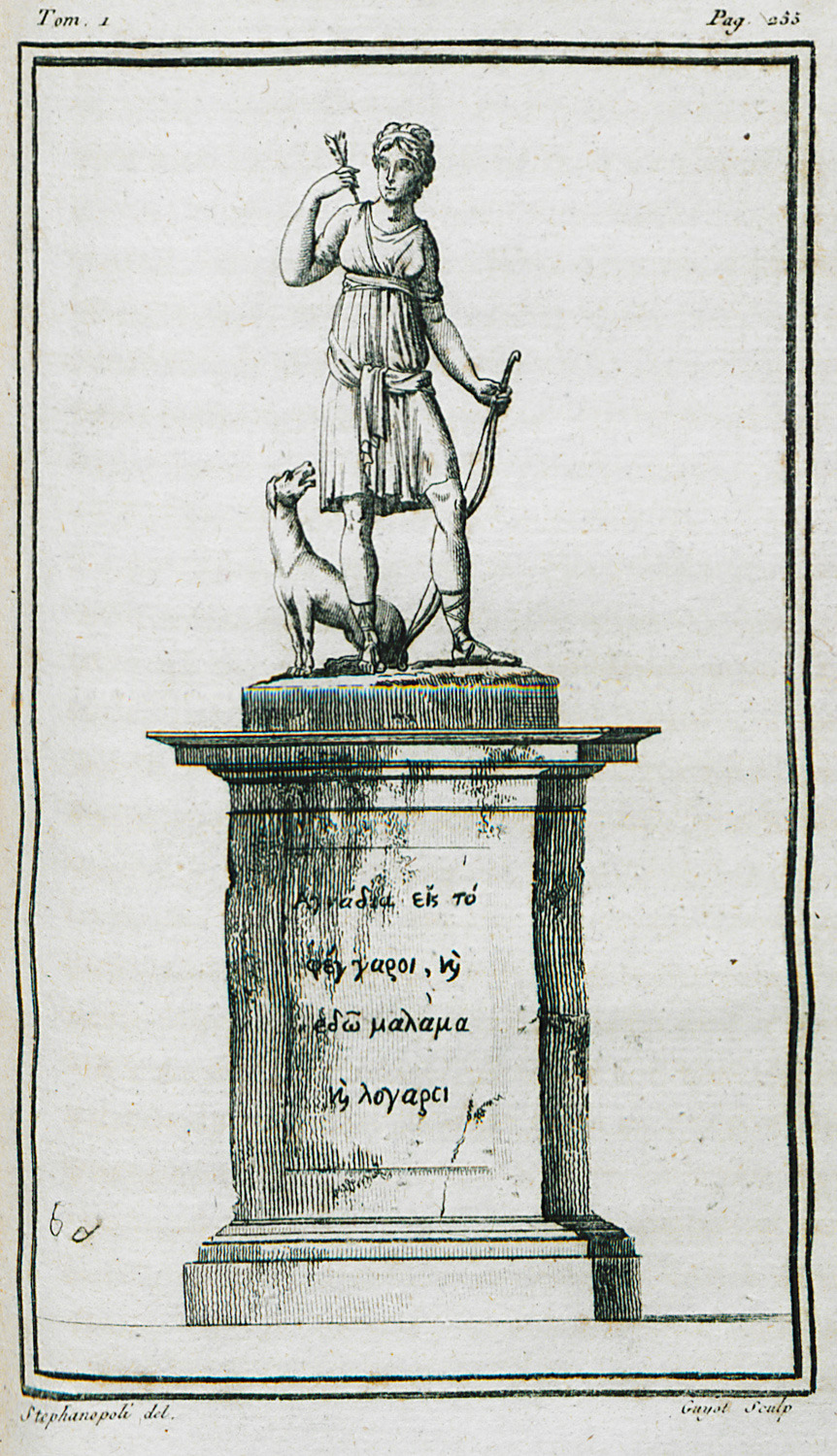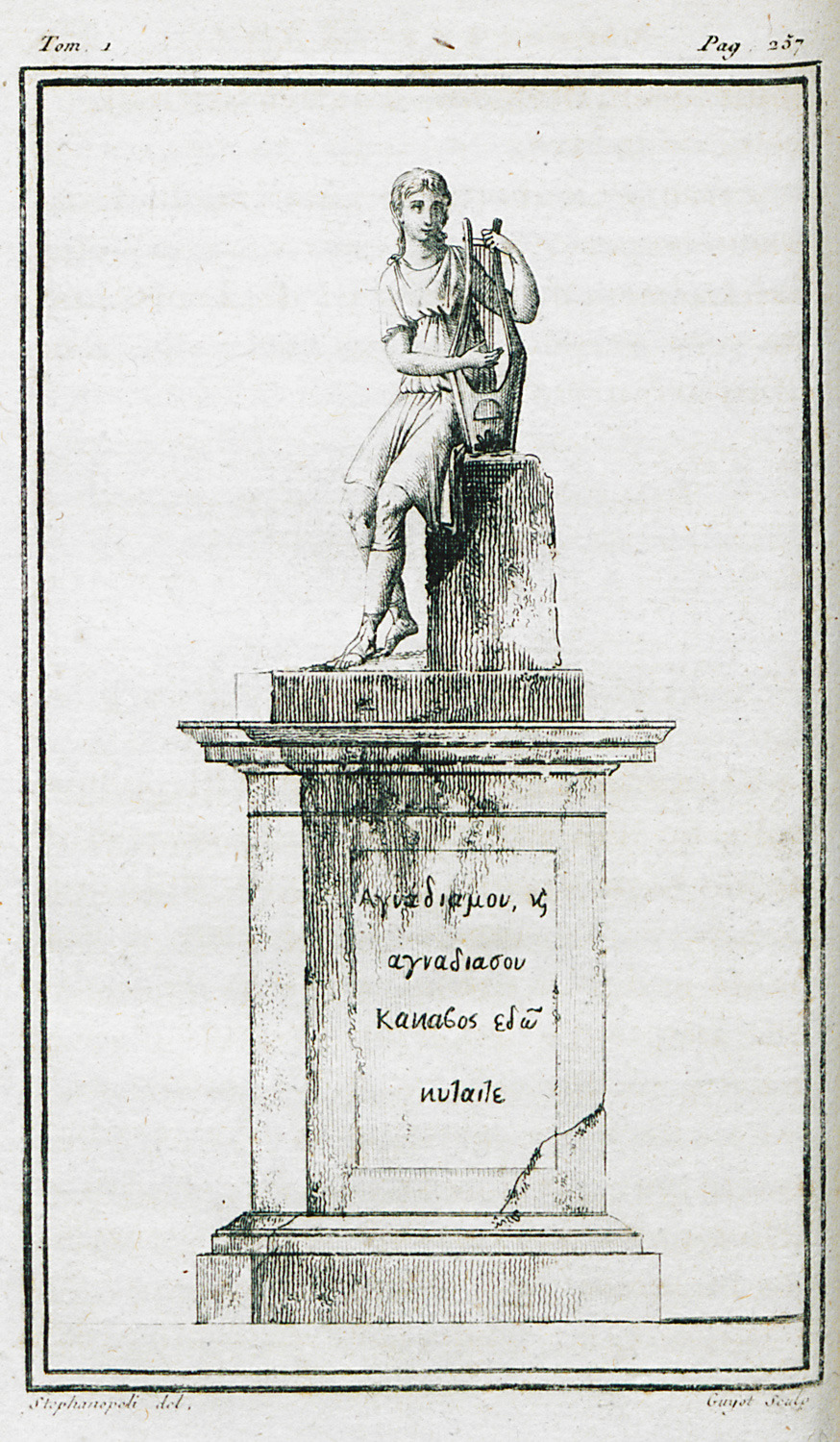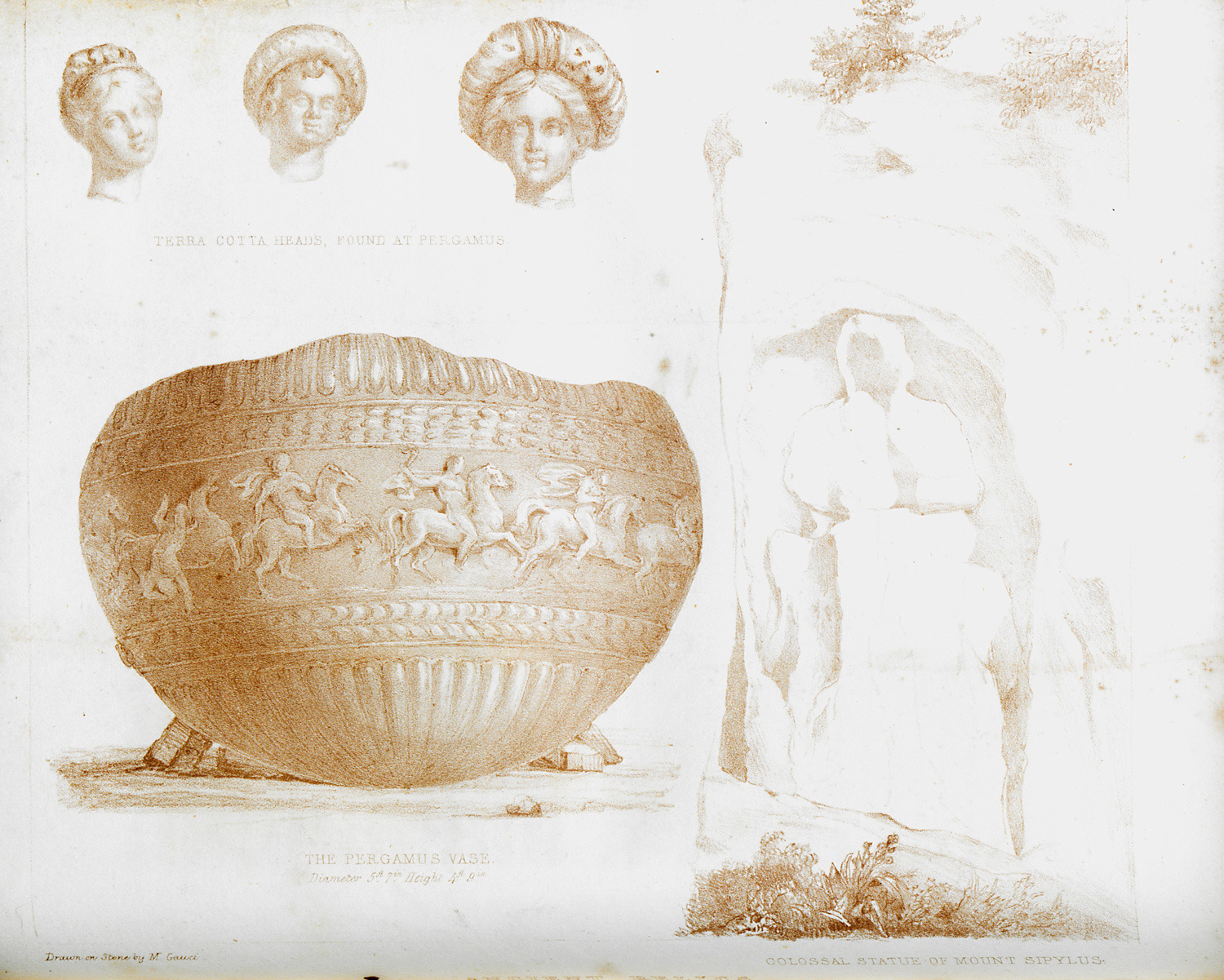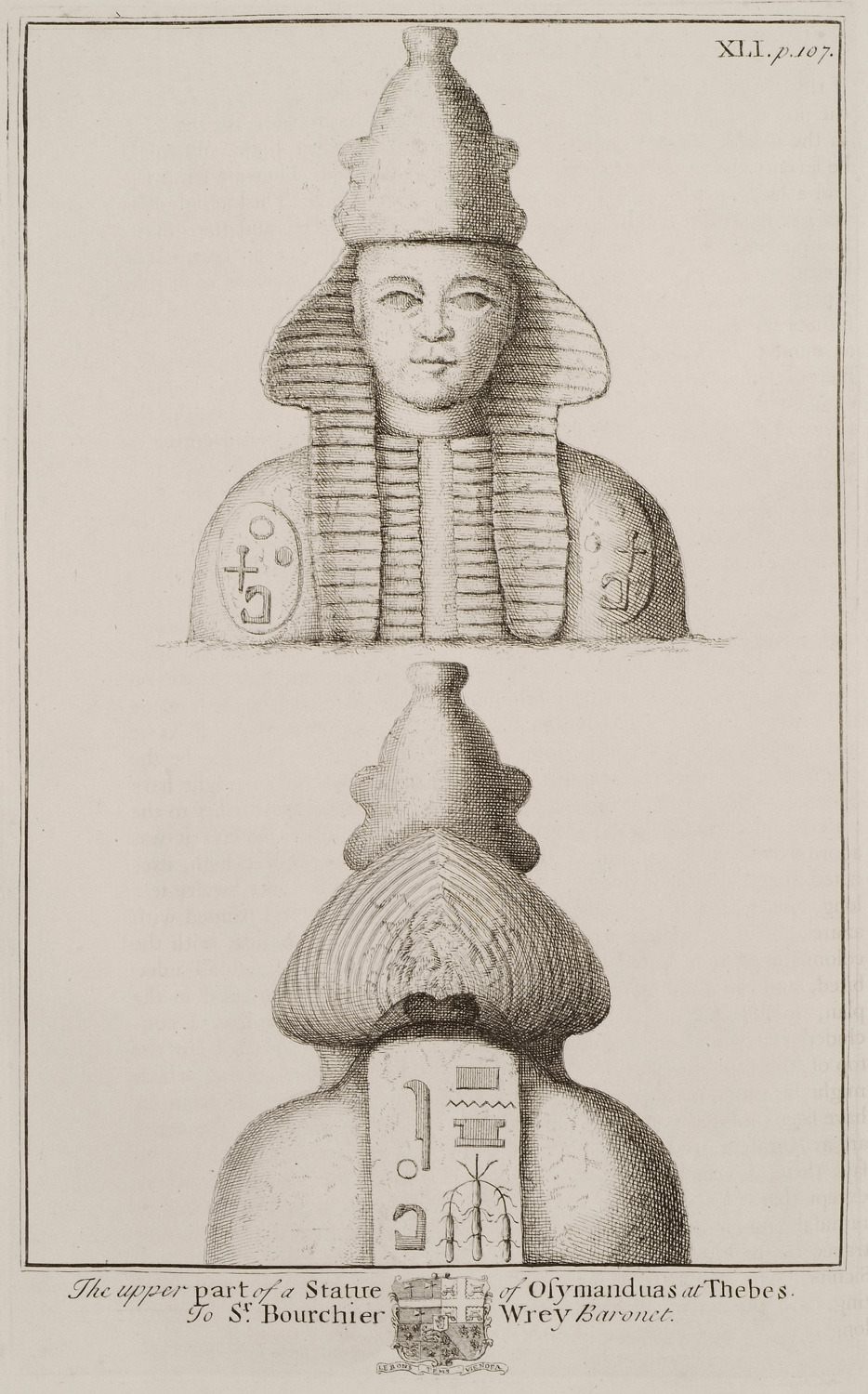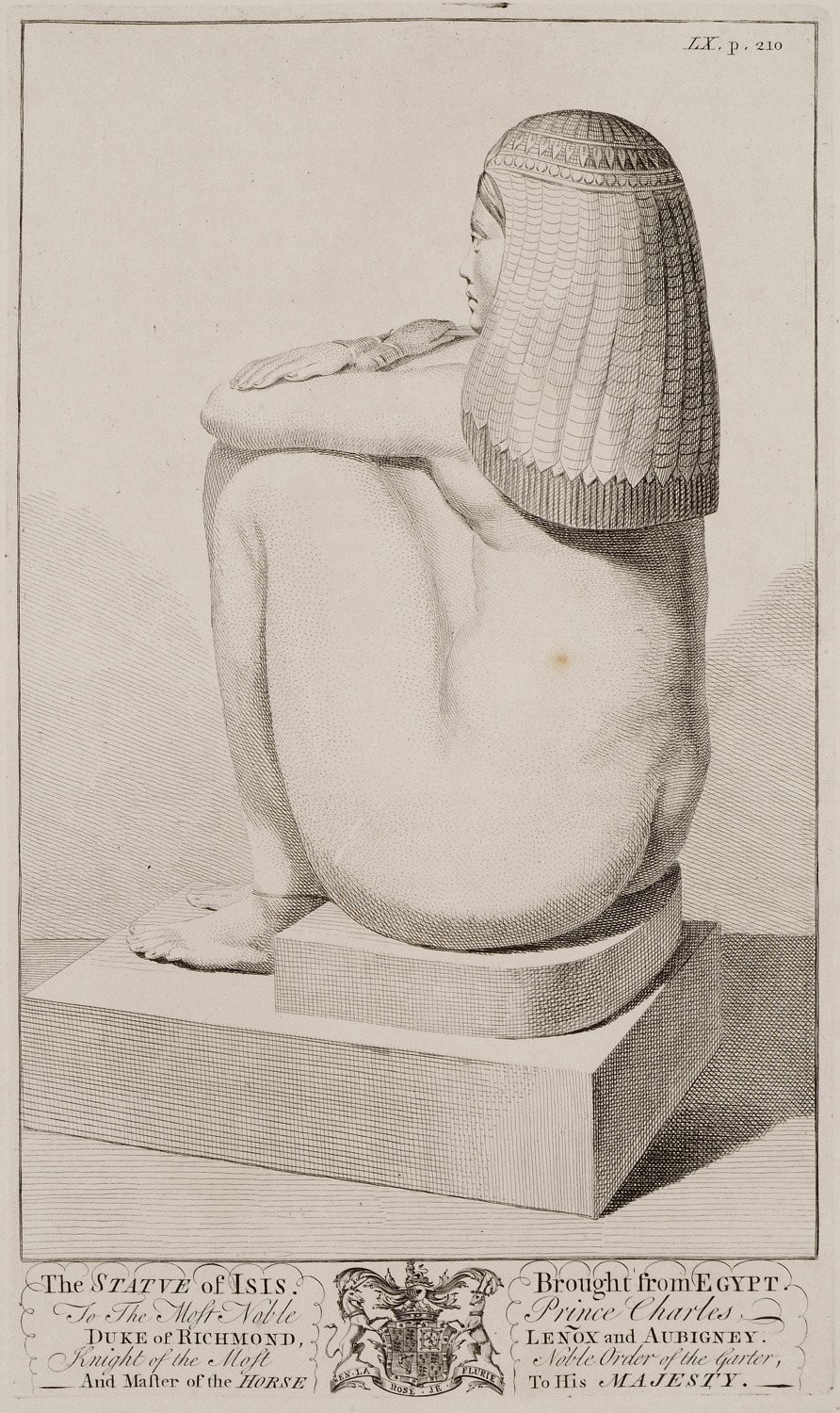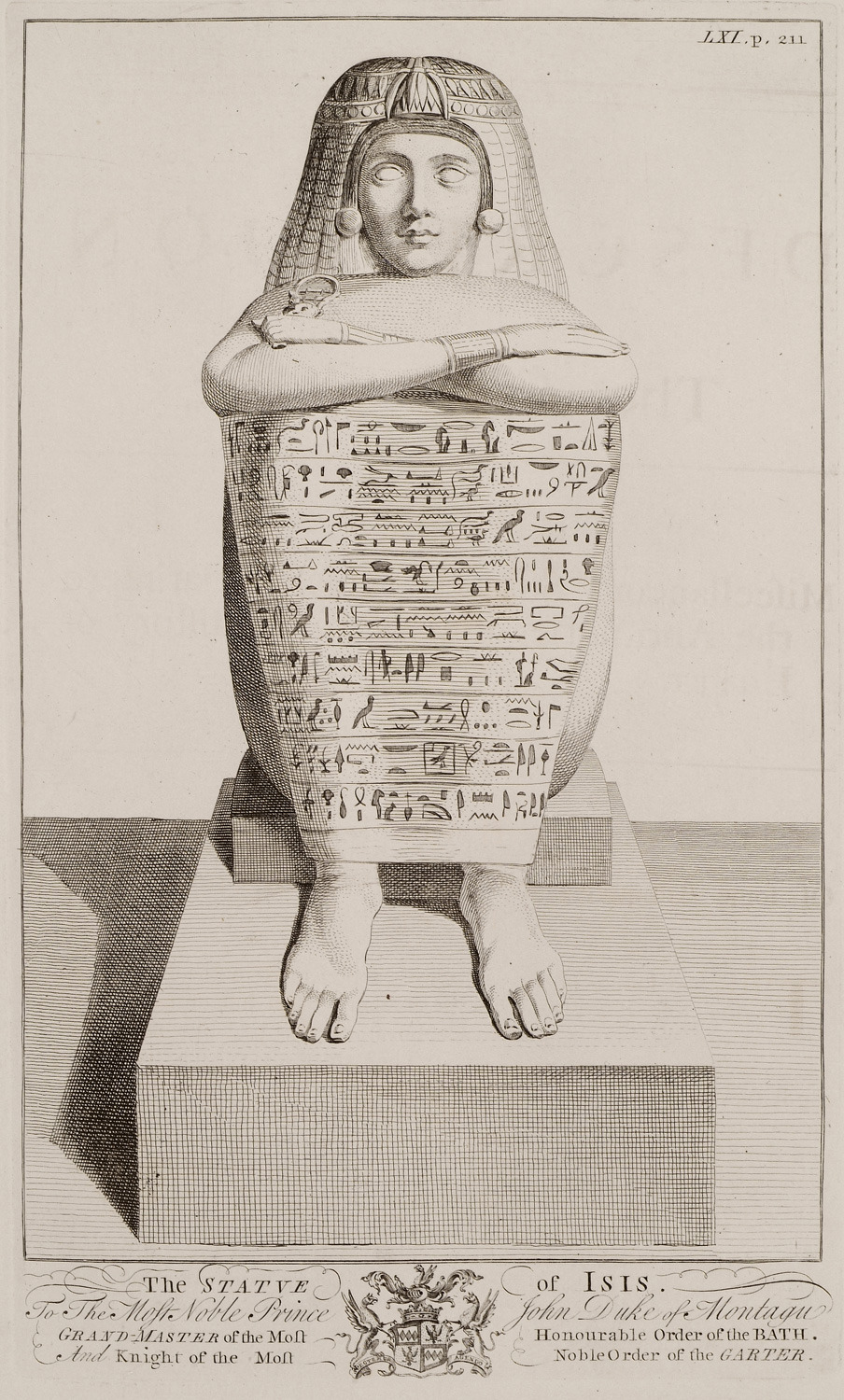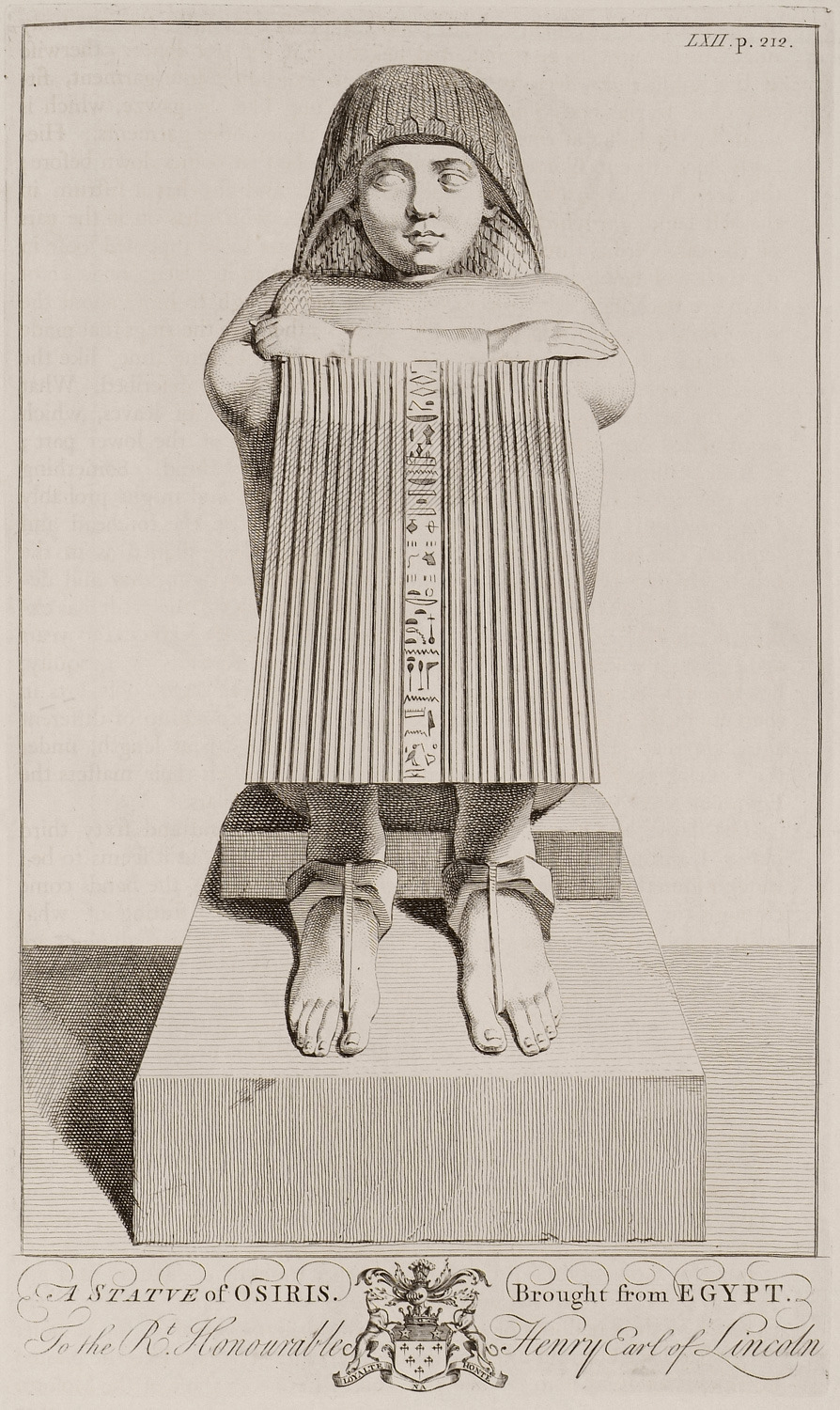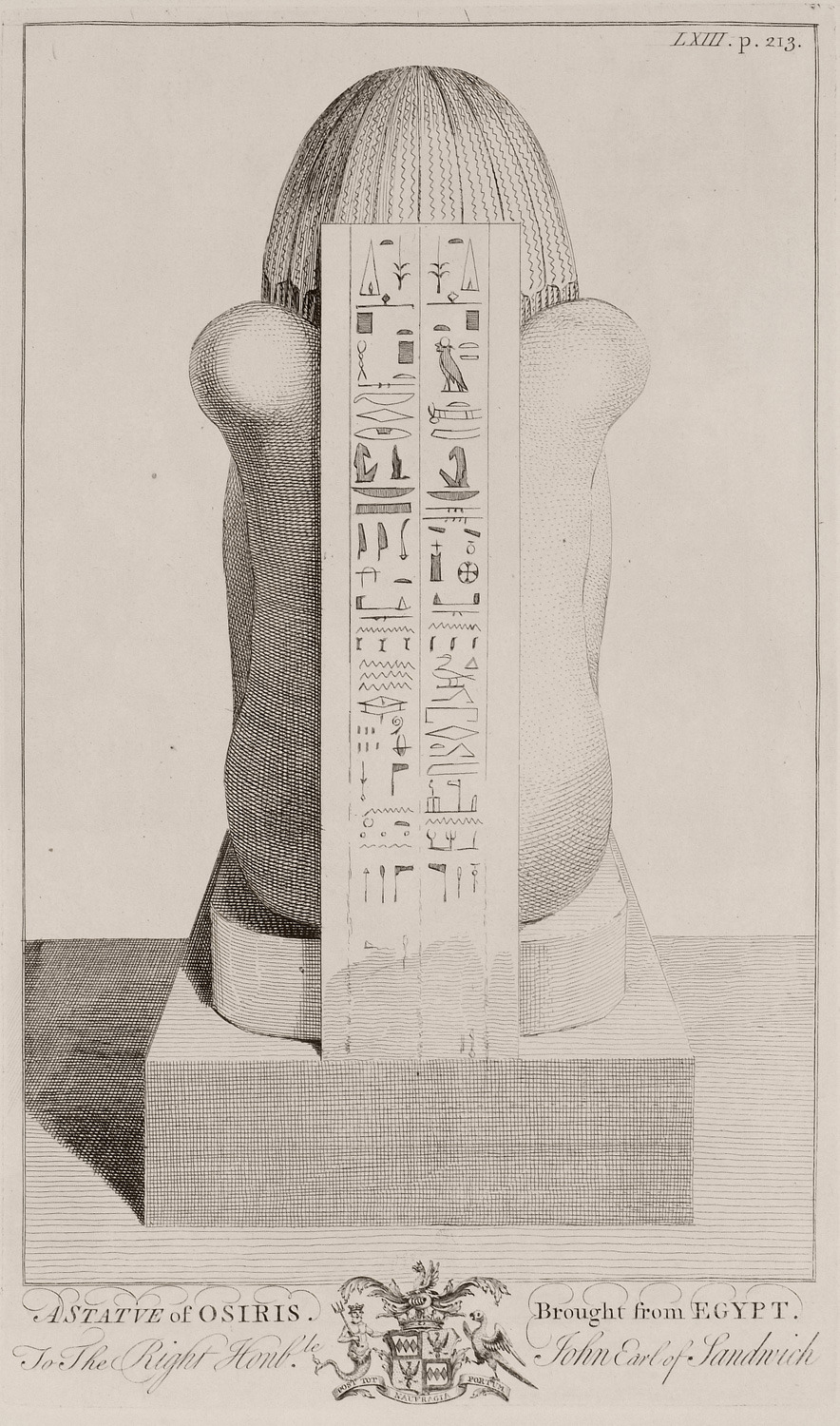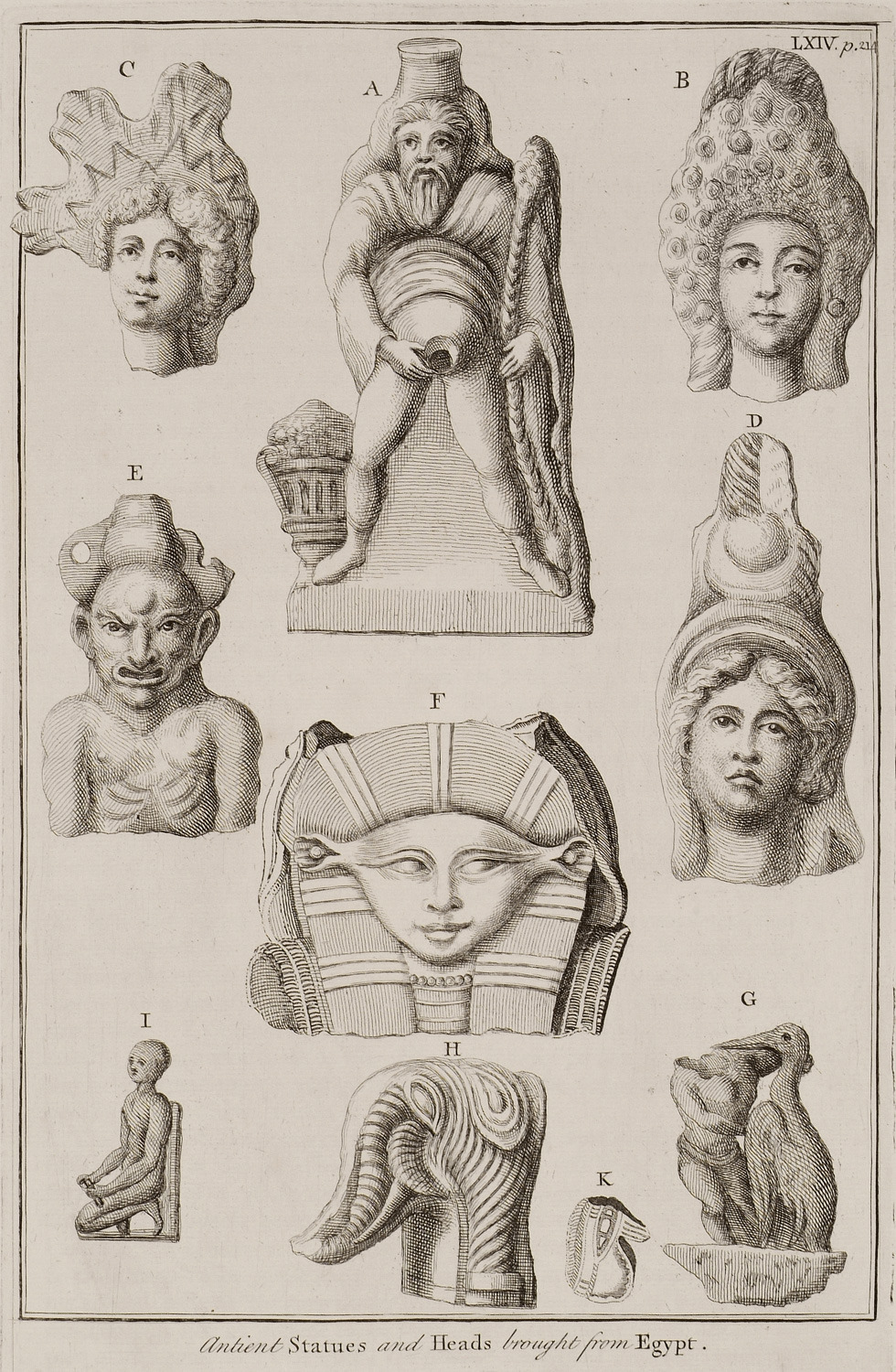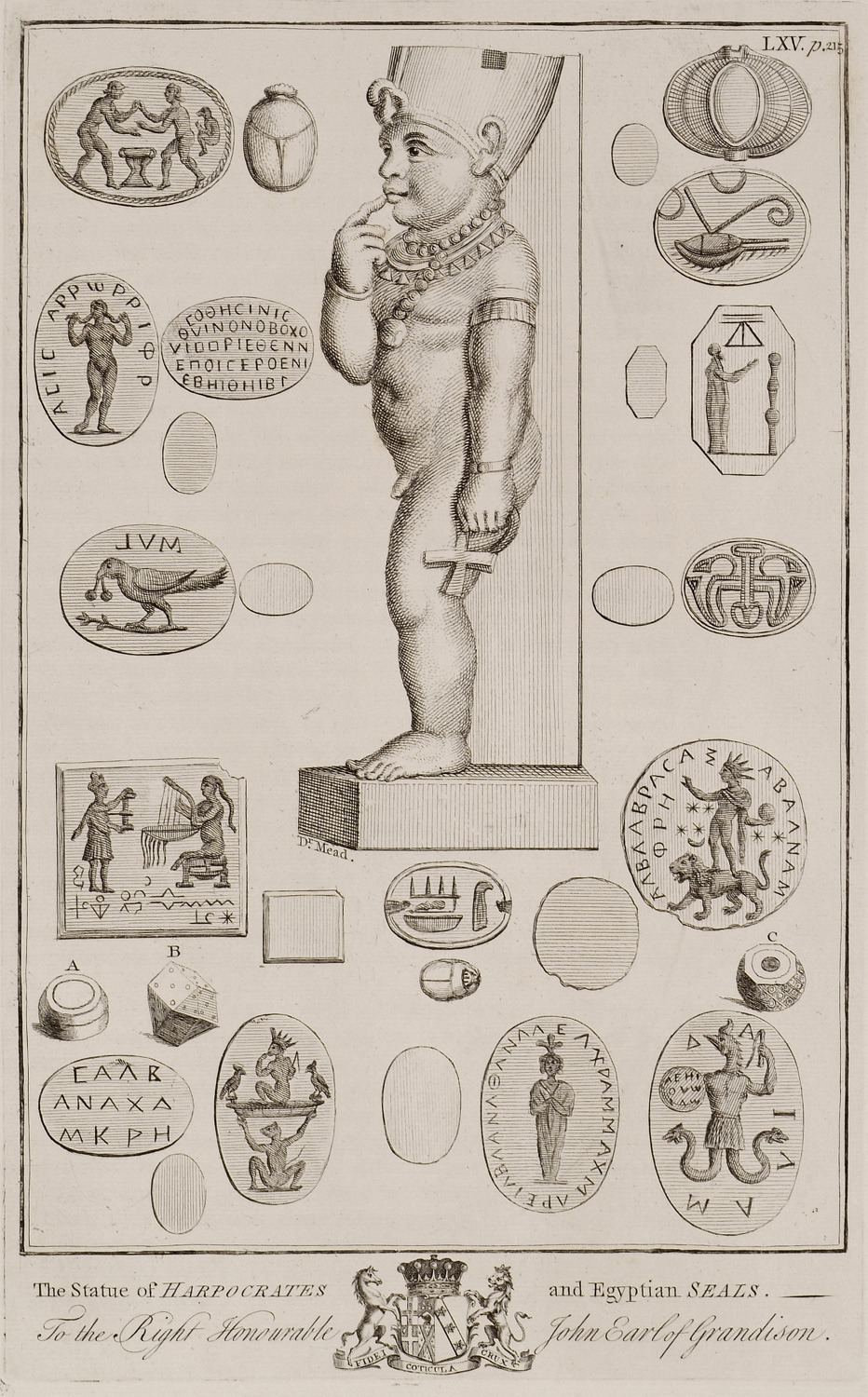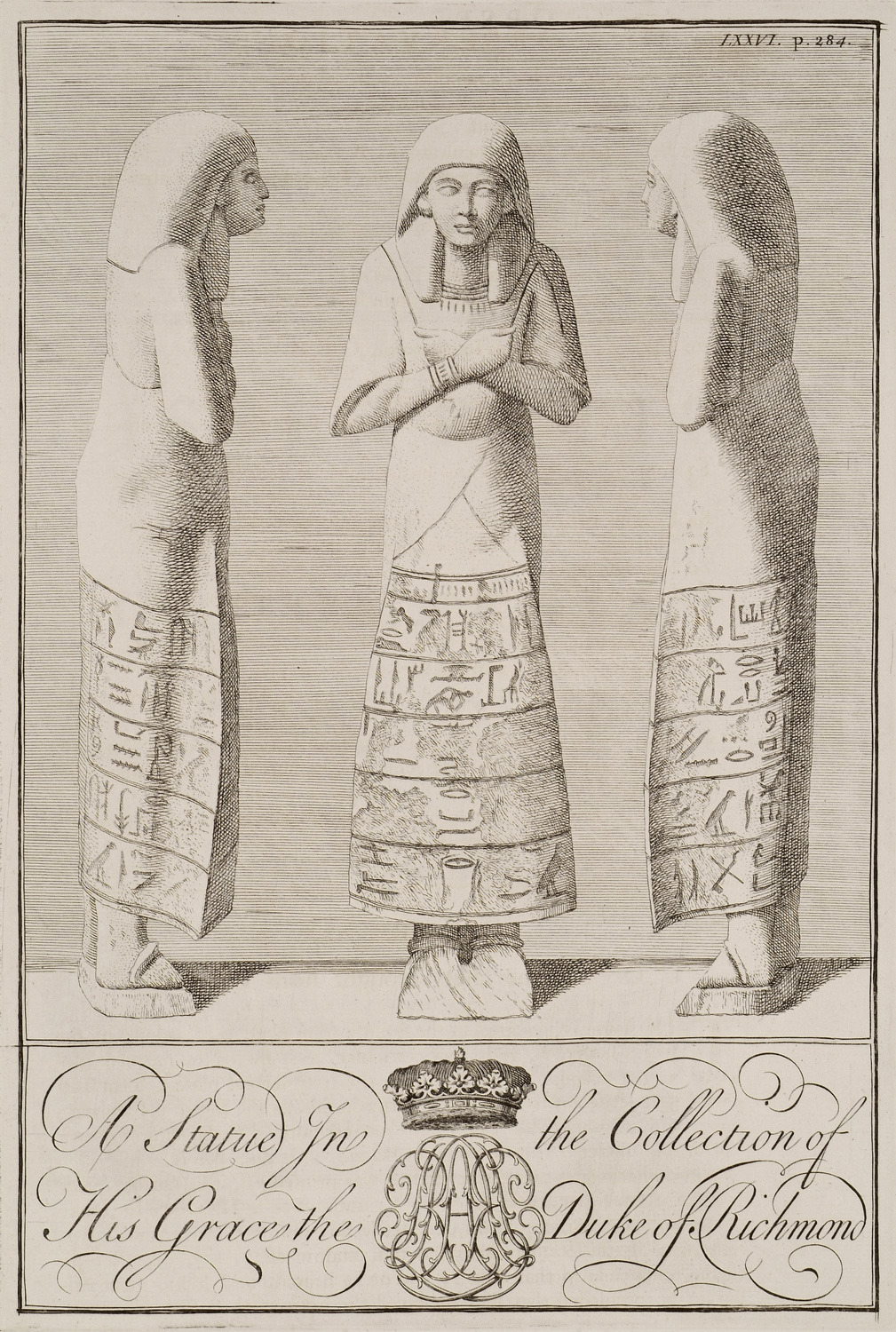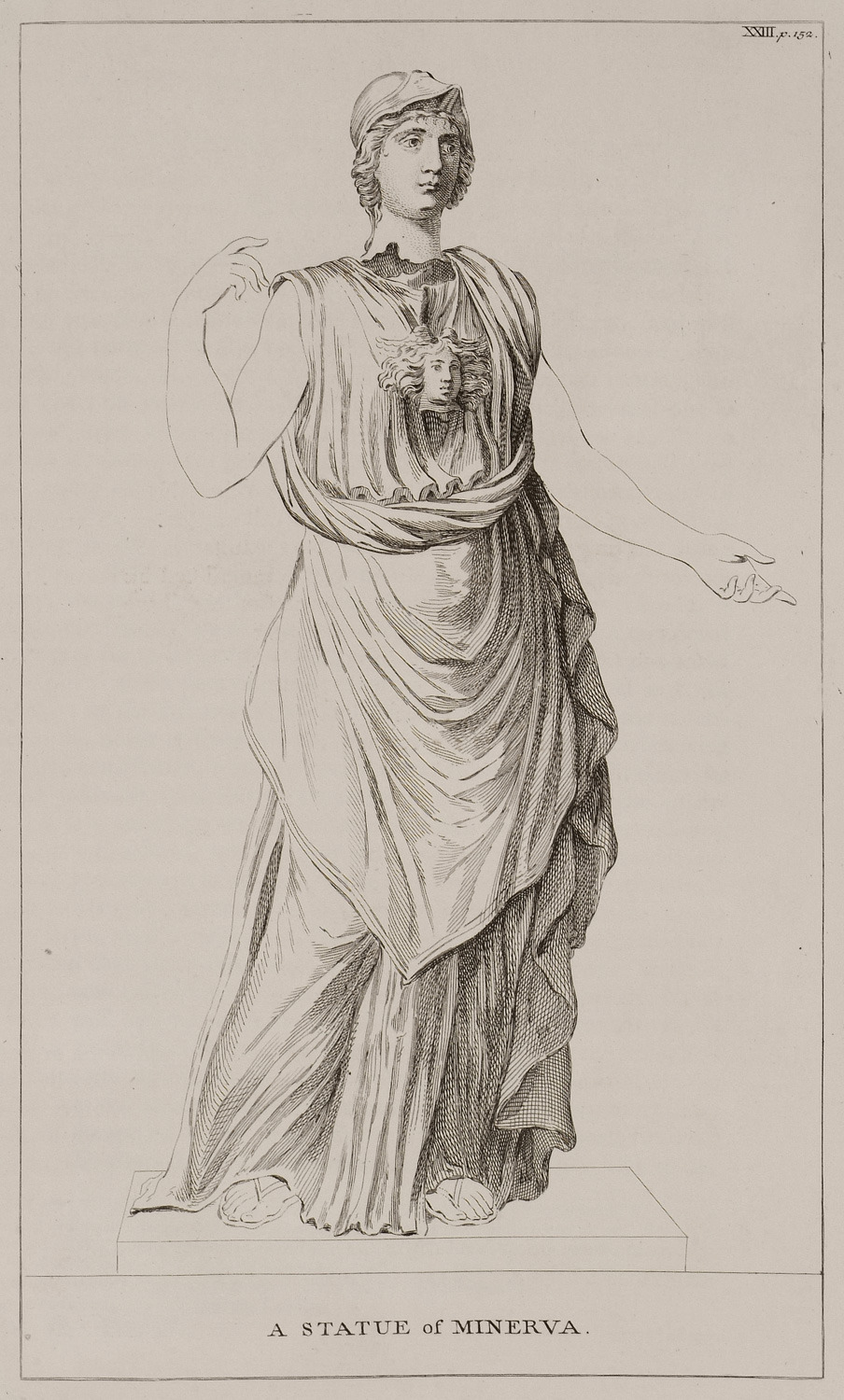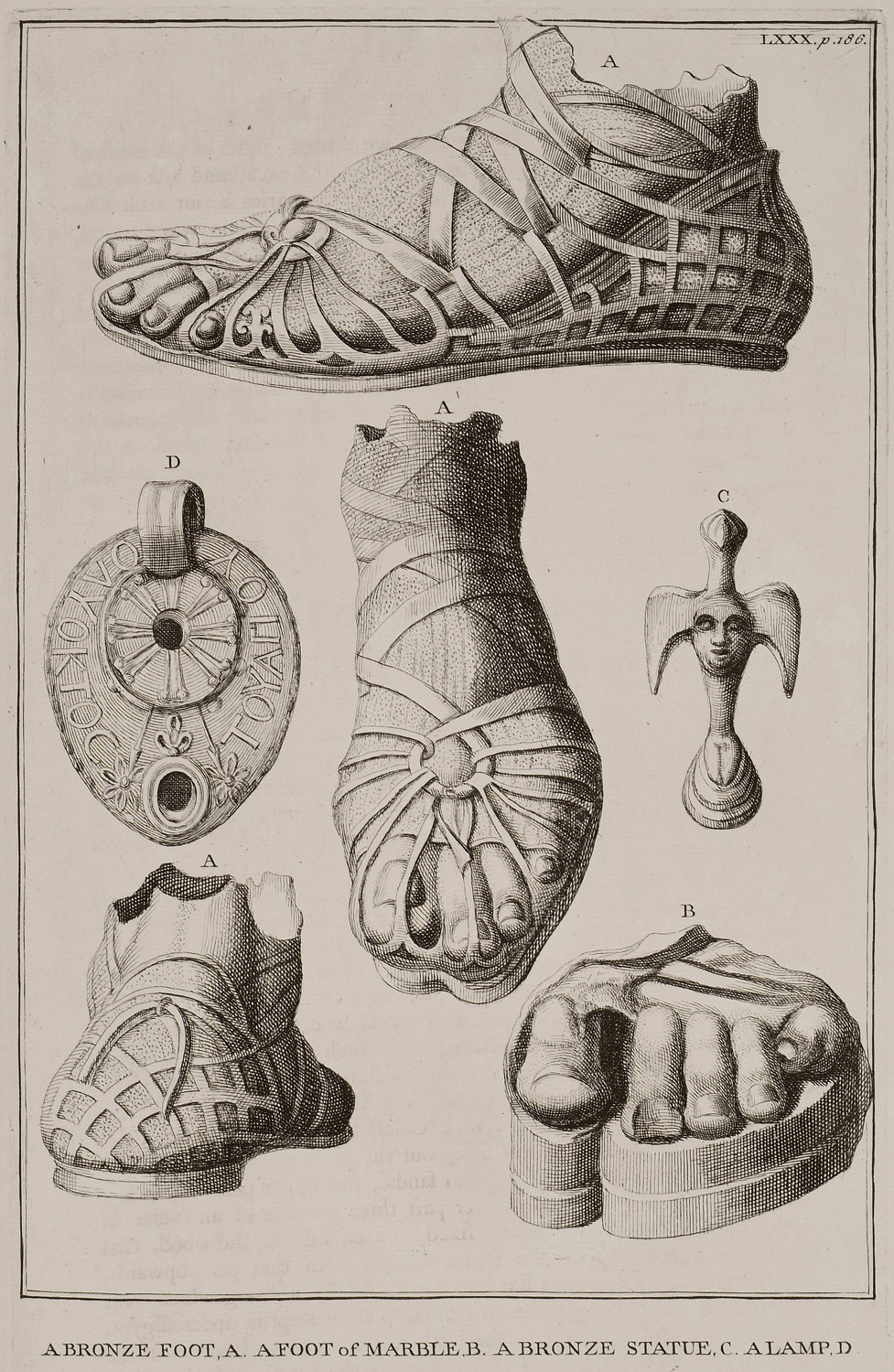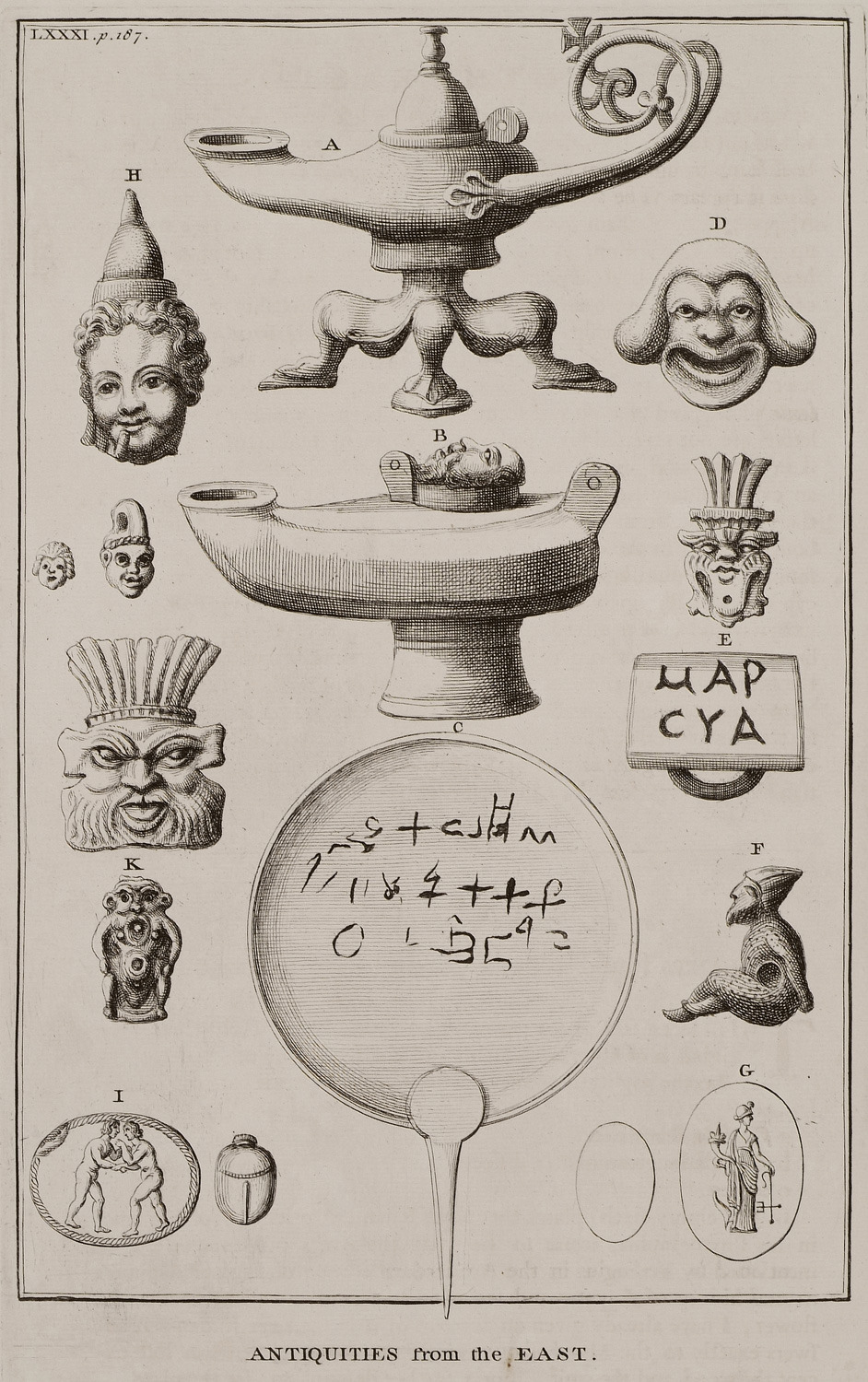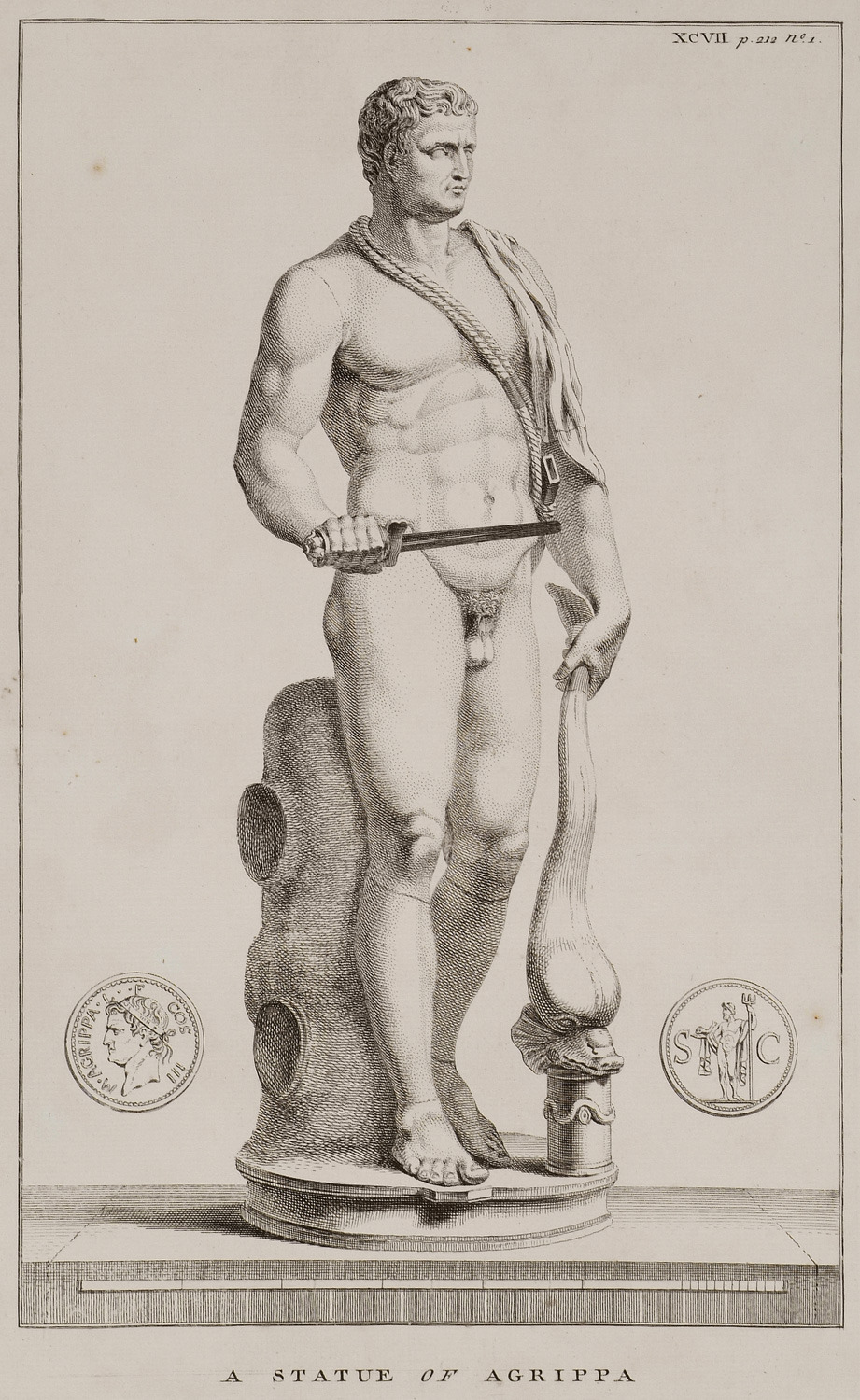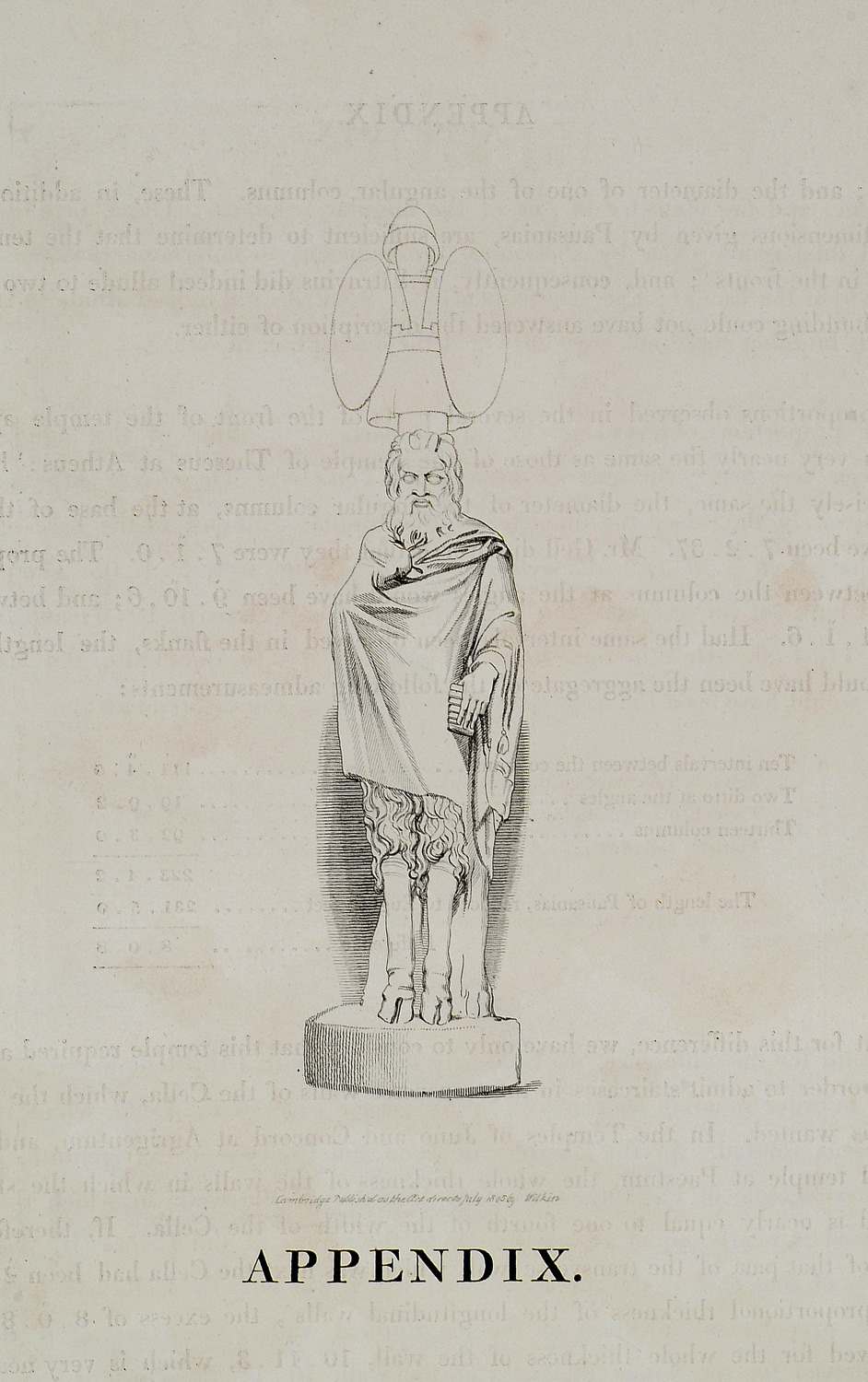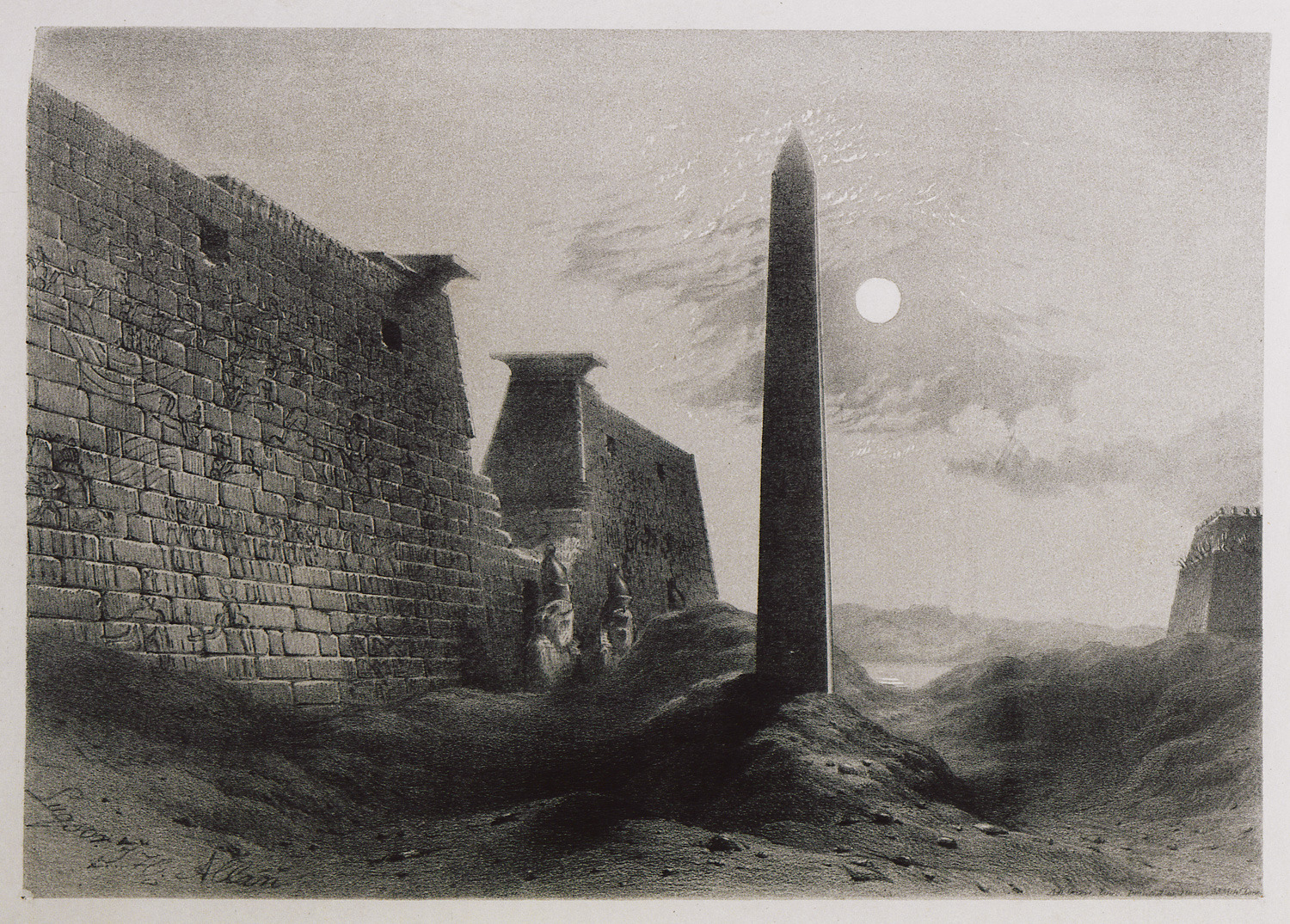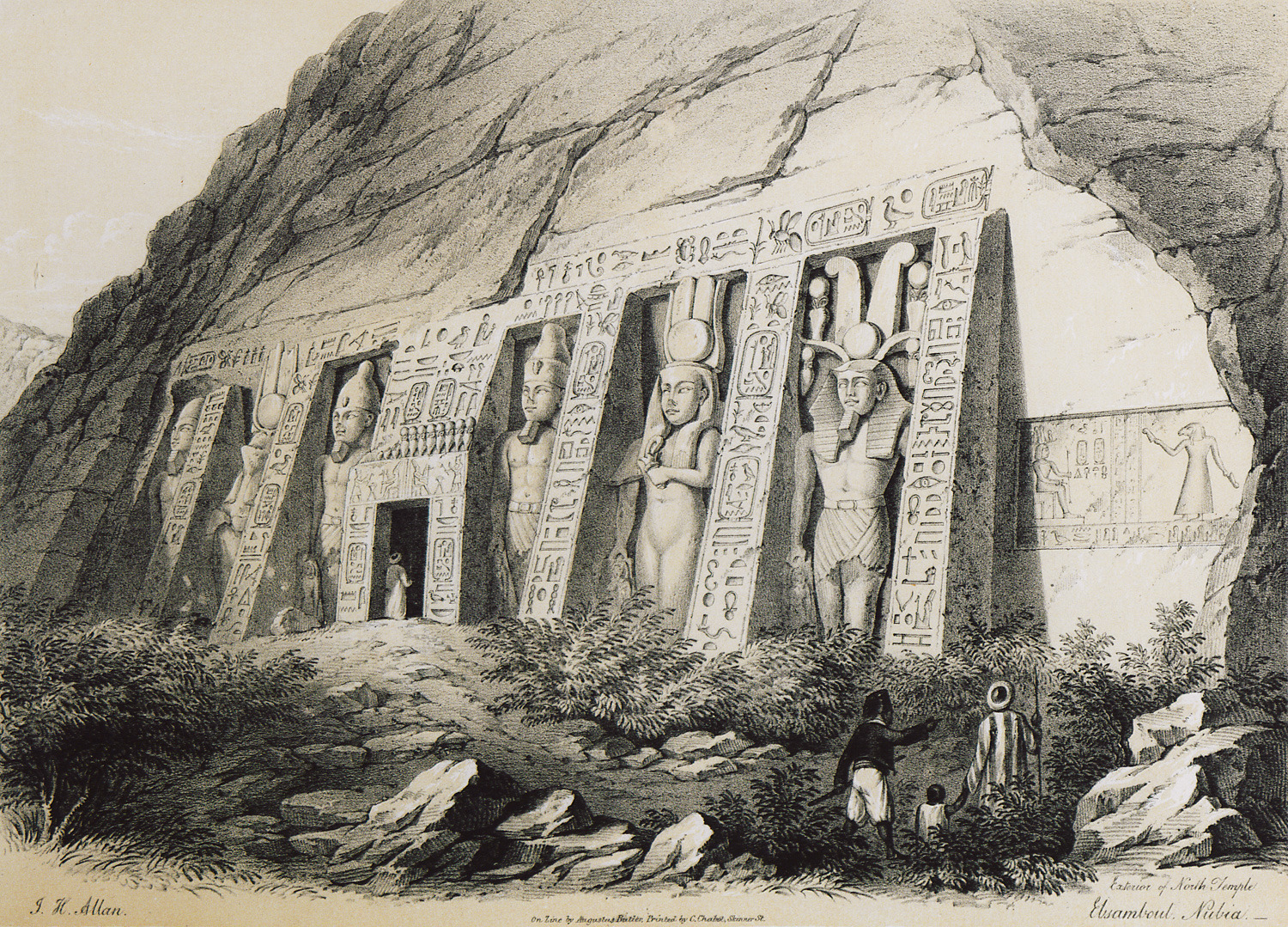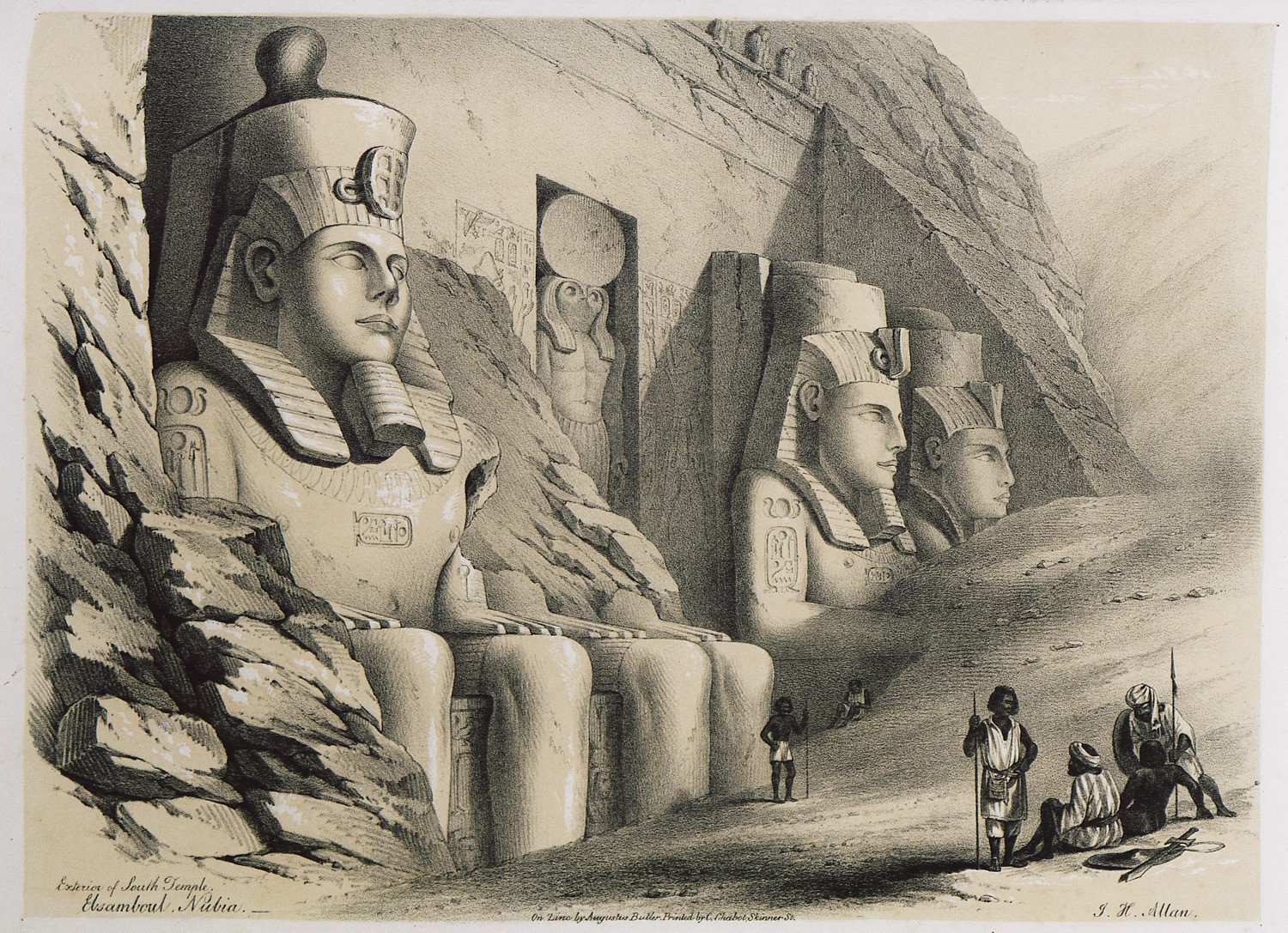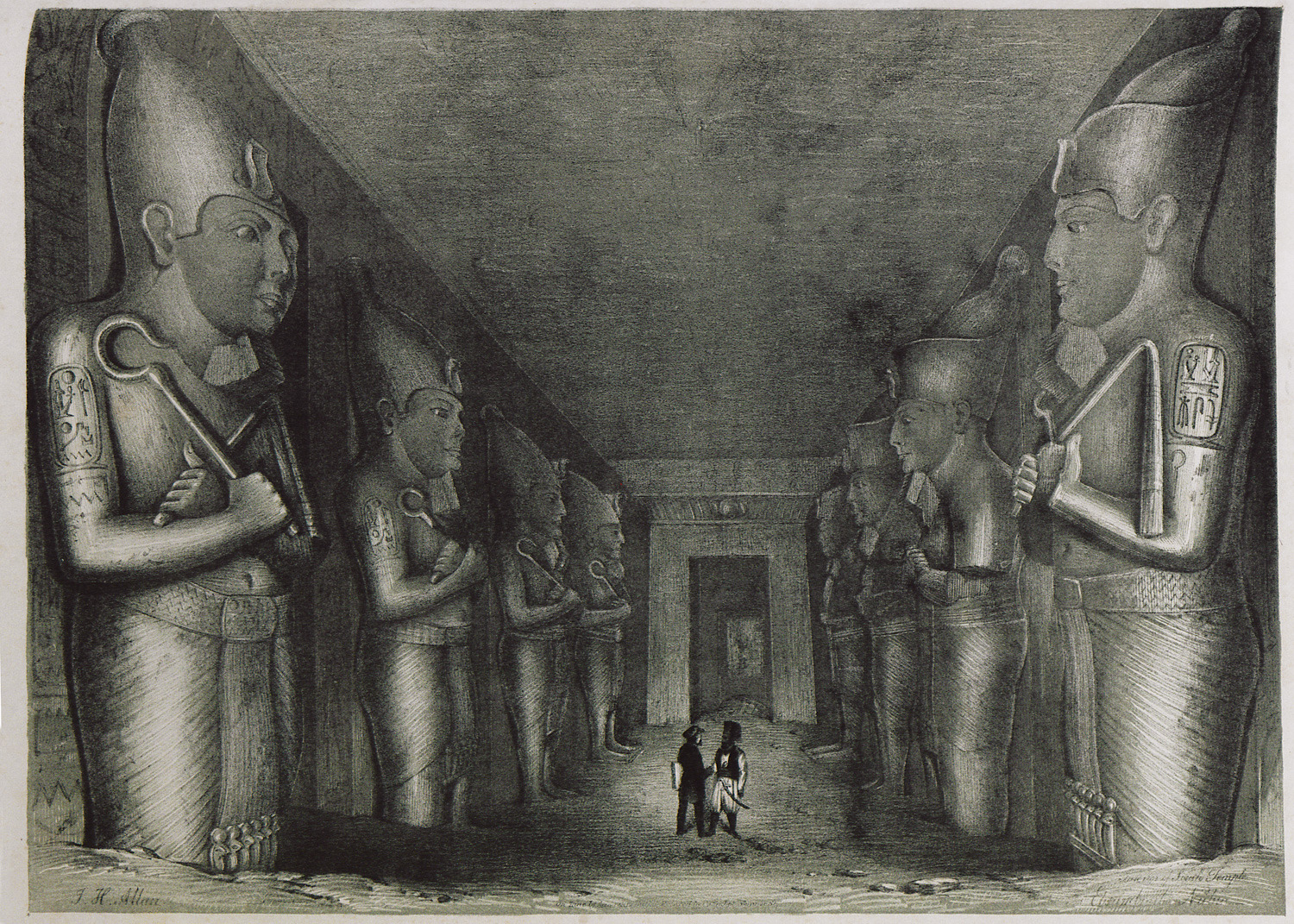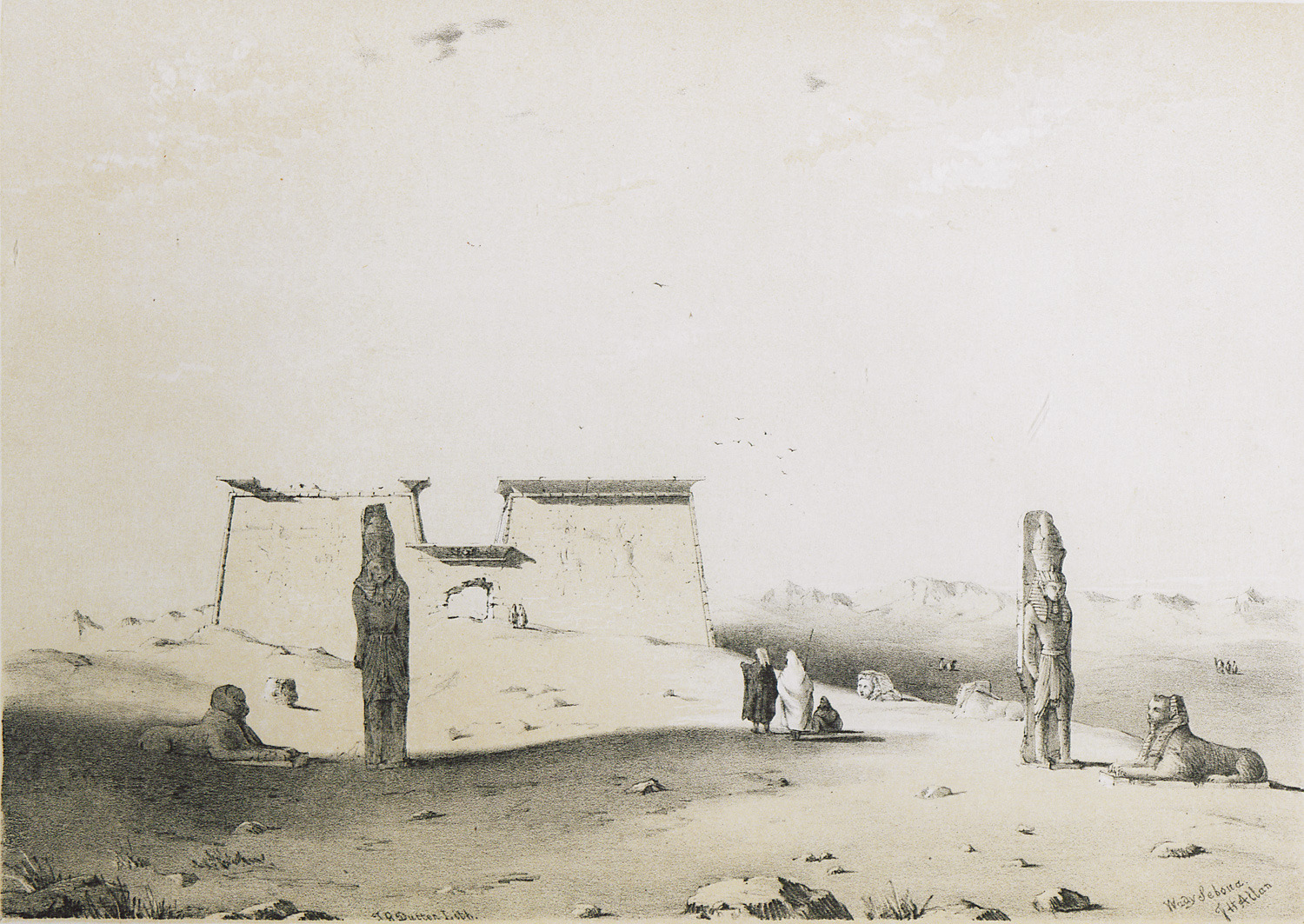Statues (169 Subjects)
Statue from ancient Gortyn, Crete.
Statue from ancient Gortyn.
Group of Elgin Marbles.
Vases and statues.
Venus of Milos.
Statue, probably of Artemis or Leto, from Carthaea, ancient city on Kea island.
The Lion of Ioulis, Kea.
Bronze statue of a deer from the Temple of Apollo in Priene, ancient city in Asia Minor.
Head of Medusa from Sicily, Italy.
Statue of Artemis in Oitylo (Mani).
Statue of Apollo in Oitylo (Mani).
Antiquities from Pergamon together with a colossal carved statue from Mount Sipylus, close to Manisa in Asia Minor.
The upper part of one of the two sitting statues of Ramses II found at the entrance gate of Ramesseum, the memorial temple of Ramesses II in Luxor (anc. Thebes).
Isis statue, which Richard Pococke bought in Cairo and carried away to Great Britain.
Isis statue which Richard Pococke bought in Cairo and carried away to Great Britain.
Statue of Osiris which Richard Pococke bought in Cairo and carried away to Great Britain.
Statue of Osiris, which Richard Pococke bought in Cairo and carried away to Great Britain.
Statue that Richard Pococke bought in Qift (anc. Coptos) and carried away to Great Britain.
Statue of Harpocrates (Hellenistic deity) that belonged to the collection of doctor Richard Mead. Hellenistic signets. Ancient Weaving weights (A, B, C).
Egyptian statue in the collection of the Duke of Richmond.
Bronze statue of Athena from Aleppo (Syria).
Foot of bronze statue from Myconos island, which John Montagu Sandwich brought to Great Britain. (Α). Foot of colossal marble statue discovered by R. Pococke in Asia Minor (Β). Bronze statue bought by R. Pococke at the bazaar of Aleppo in Syria (C). Lamp from Qift (anc. Coptus) in Egypt (D).
Bronze lamp from Thessaloniki (Α). Bronze lamp from Aleppo (Β). Mirror's frame (C). Decorative mask from Aleppo (D). Ring from Aleppo (Ε). Statue from Aleppo (F). Signet from Beirut (G). Clay head of the Hellenistic deity Harpocrates from Egypt (Η). Charm from Egypt (Ι). Several charms from Egypt.
Colossal statue of Marcus Vipsanius Agrippa, which is found today in the Archeological Museum of Venice. Coins of the era of Marcus Vipsanius Agrippa.
Statue of Pan.
The pylon of the Temple of Luxor (anc. Thebes), together with the colossal statues and the obelisk of Ramses II.
Front view of the Temple of Hathor and Nefertari, also known as the Small Temple, in Abu Simbel Egypt.
Front view of the Temple of Ramses II, also known as the Great Temple, in Abu Simbel, in Egypt.
Interior view of the Temple of Ramses II, also known as the Great Temple, in Abu Simbel, in Egypt.
View of the Temple of Ramses II, in Wadi es-Sebua, near Aswan.


